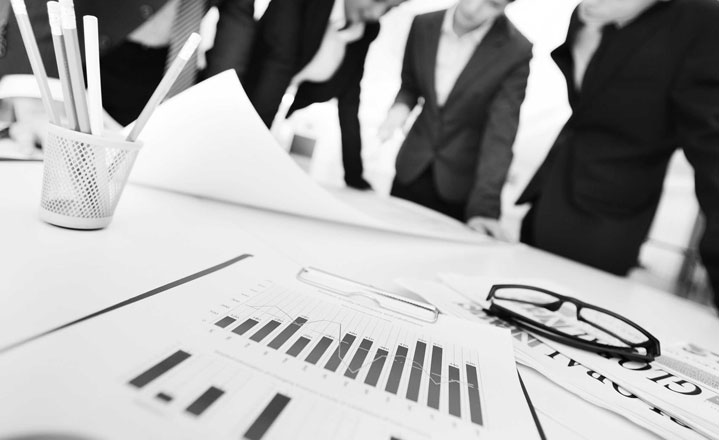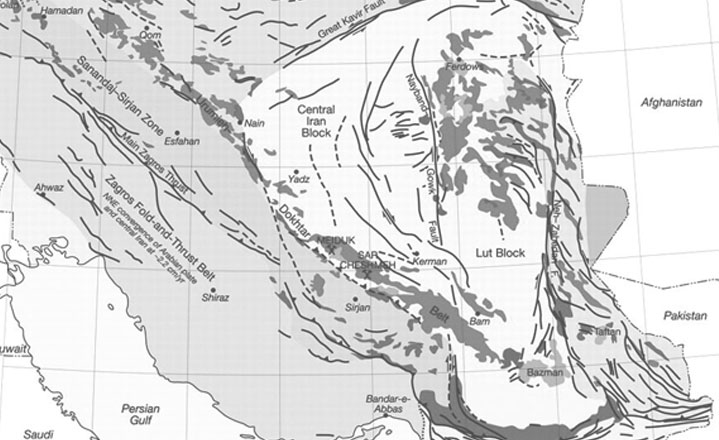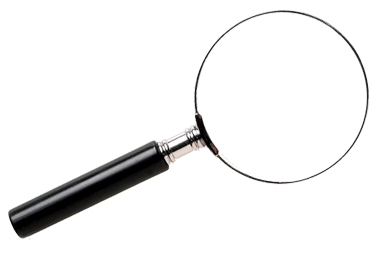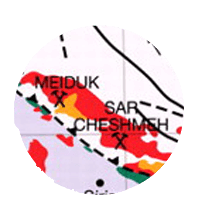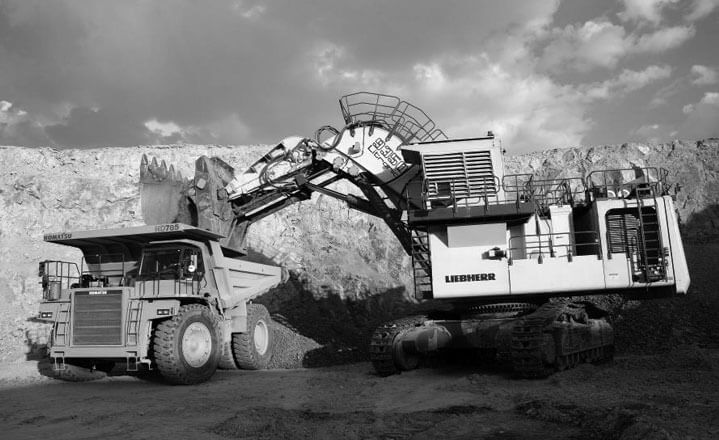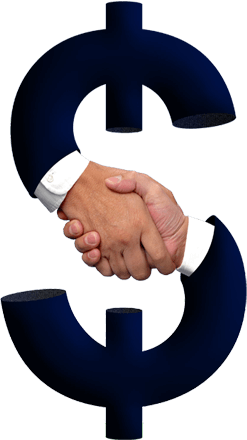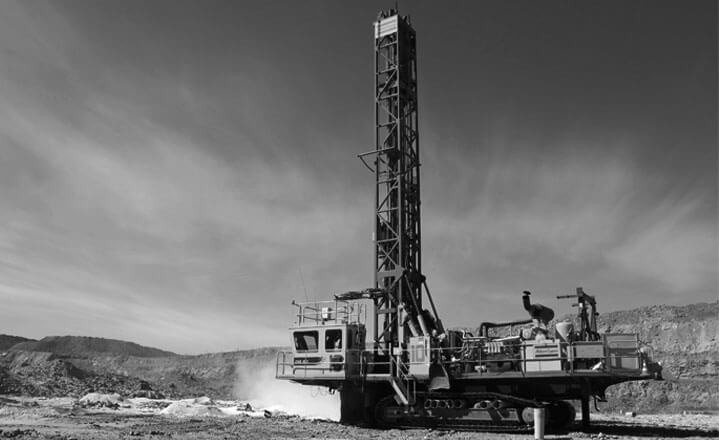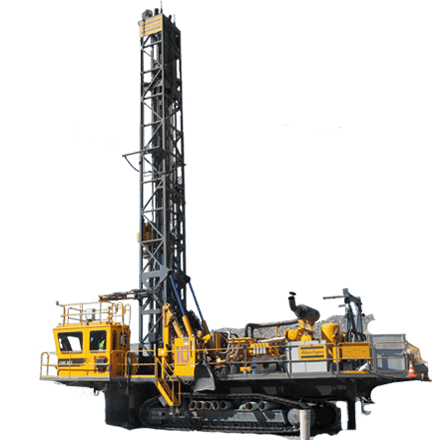Get In Touch
|
Unit No. 1403, 14th Floor, Negin Reza tower, Ashrafi Esfahani Expy, Tehran, Iran. +98 21 4403 1818 +98 21 4406 3628 This email address is being protected from spambots. You need JavaScript enabled to view it. |

Super User
|
Cut of Grade (%) |
Average Grade (%) |
Definite and probable reserves |
Name |
|
0.15 |
0.58 |
1538 |
Sarcheshmeh |
|
0.15 |
0.61 |
176 |
Miduk |
|
0.15 |
0.60 |
846 |
Sungun |
|
0.15 |
0.36 |
186 |
DarAlu |
|
0.15 |
0.41 |
149 |
Chah Firuzeh |
|
0.15 |
0.3 |
73.86 |
Eju |
|
0.2 |
0.42 |
134.3 |
Darehzar |
|
0.15 |
0.4 |
130 |
Dareh Zereshk |
|
0.15 |
0.26 |
527 |
Nowchun |
|
0.15 |
0.3 |
204 |
Masjed Daghi |
|
- |
0.59 |
39 |
Kahang |
|
0.25 |
0.23 |
155 |
Haft Cheshmeh |
There are 39 copper mines in Iran:
- Kerman: 14 mines
- Zanjan: 5 mines
- East Azarbaijan: 4 mines
- Other mines are in Qazvin, Semnan, Yazd, Qom,Sistan and–Bloochestan, Khorasan, Markazi and …
17 mines of them are active that the most prominent of them are Sarcheshmeh (826 M.T - 1.2 billion tons), Sungun (440 M.T.) and Miduk (144 M.T.)
The main types of copper deposits in Iran are porphyry and vein deposits.
Copper anomalies of the structural zones in Iran are:
- Urmieh- Dokhtar Zone:
- Southern (Kerman)
- Central (Anarak)
- Nothern (Tafresh- Takab)
- Tarom- Taleghan (Karaj to Zanjan)
- Seilan (Ahar)
- Kavir- Sabzevar (Semnan, Torood and Sabzevar)
- Eastern Iran
- Makran

Industry and Mining map of Iran.
Mining in Iran is underdeveloped. Yet the country is one of the most important mineral producers in the world, ranked among 15 major mineral rich countries, holding some 68 types of minerals, 37 billion tonnes of proven reserves and more than 57 billion tonnes of potential reservoirs. Mineral production contributes only 0.6 per cent to the country’s GDP. Add other mining-related industries and this figure increases to just four per cent (2005). Many factors have contributed to this, namely lack of suitable infrastructure, legal barriers, exploration difficulties, and government control over all resources.
The most important mines in Iran include coal, metallic minerals, sand and gravel, chemical minerals and salt. Khorasan has the most operating mines in Iran. Other large deposits which mostly remain underdeveloped are zinc (world's largest), copper (world's ninth largest - revised from second largest in 2010), iron (world's ninth largest), uranium (world's tenth largest) and lead (world's eleventh largest). Iran with roughly 1% of the world's population holds more than 7% of the world's total mineral reserves.
Economics
Close to 30 percent of the country’s investment has been made in the mining field in recent years. In 2008, forty five percent of the stock market's capitalization was in the mineral industries. In 2008 the share of the mining sector and mineral industries increased to over five percent in GDP. The sector with the highest profit margin among the top 100 Iranian companies in 2009 was mining, with a margin of 58%, while those in the Fortune 500 had a gross profit margin of 11%. In the first quarter of 2009–2010, Iran exported close to 5.6 million tons of mineral products worth over $1.2 billion. In 2009–2010 the mining sector had exports reaching $8.13 billion, accounting for about 32 percent of the country’s non-oil exports. Every year, the iron ore price is determined by the government after negotiations between iron ore and steel producers. In 2008, the average price of iron ore was set at $56 per tonne. The steel, cement and iron ore prices are currently being liberalized in Iran. In March 2012, the Iran Mercantile Exchange (IME) announced the complete liberalisation of the sale price of raw steel and by-products.
In 2005, of 3,125 operating mines, 2,747 and 378 mines were run by private and public sectors respectively. As of 2010, 5,574 mines are being exploited in 30 provinces of the country (which are active, inactive or in the state of being equipped). The rate of extraction from these mines stood at approximately 217.5 million tons in previous years. More than 100,000 people are presently engaged in the mines sector while as a whole some 500,000 people are employed in the mine sector. The number of operating mining units stands at 20,375. National Iranian mining company is the world's 23rd largest mining company with 0.6% of the world's total mining production.
Exploration projects implemented by the National Geology and Mineral Exploration Organization in the three years period of 2005–2008 are six times higher than the figure for the same period during the previous government. Since 2005, mortality rate in mining mishaps has declined to one death for every 10 million tons of mining production from the previous figure of six million tons.
Commodities
Although the petroleum industry provides the majority of economic revenues, about 75 percent of all mining sector employees work in mines producing minerals other than oil and natural gas. These include coal, iron ore, copper, lead, zinc, chromium, barite (world's sixth largest producer), salt, gypsum, molybdenum, strontium, silica, uranium, and gold (most as a coproduct of the Sar Cheshmeh copper complex operations). The mines at Sar Cheshmeh in Kerman Province contain the world's second largest lode of copper ore (5% of the world's total). Some 128,500 tons were extracted in 2000–2001. Large iron ore deposits exist in central Iran, near Bafq, Yazd, and Kerman.
Iran produces orpiment and realgar arsenic concentrates, silver, asbestos, borax, hydraulic cement, clays (bentonite, industrial, and kaolin), diatomite, feldspar, fluorspar,turquoise, industrial or glass sand (quartzite and silica), lime, magnesite, nitrogen (of ammonia and urea), perlite, natural ocher and iron oxide mineral pigments, pumice and related volcanic materials, caustic soda, stones and decorative stones (including granite, marble, travertine, dolomite, and limestone), celestite, natural sulfates (aluminum potassium sulfate and sodium sulfate), amber, tungsten, agate, lapislazuli and talc. Iran also produces ferromanganese, ferromolybdenum, nepheline syenite, demantoids, phosphaterock, selenium, shell, andalusite, rockwool, garnet, gabbro, diorite, vermiculite, attapulgite, calcium, barium, rare earth elements, scandium, yttrium and zeolite, and had the capacity to mine onyx.
Iron and Steel
Iron ore
In 2009 Iran will produce 25.5 million tons of iron ore (fines, lumps and concentrate),– Alternatively, U.S. Geological Survey ranked Iran, the 8th largest producer of iron ore in 2009 with 33 million tons of output. Chadormalu and Gol Gohar Iron Ore are the two largest iron ore mines (accounting for more than 80% of iron ore production in Iran).
- Chadormalu Mining and Industrial Company produced 9,498,000 mt of iron ore. It is the largest iron ore producer listed on the Tehran Stock Exchange,
- Gol Gohar Iron Ore Company produced 7,209,000 mt of iron ore; Gol Gohar pellet plant near the southern city of Sirjan, the biggest of its kind in the Middle East, uses iron ore concentrates from the Gol-e-Gohar mine in the province. The new plant produces five million tonnes of iron ore per year; enough for production of 2.5 million tonnes of steel.
- Iran Central Iron Ore Company produced 5,310,000 mt, with the remainder produced by other smaller public sector miners. In 2009, Iran exported about 10 million metric tons of iron ore, mainly to China.
In 2012, Iran opened a sponge iron plant in Hormozgan Province with a projected annual output of 1.8 million tons. Tariffs for the export of iron ore concentrate and pellet have been set at 50% and 35% respectively (2010).
Steel

Mobarakeh Steel Mill in Esfahan is Iran's largest steel mill.
Mobarakeh Steel Mill in Esfahan isIran's largest steel mill.
Steel production capacity will reach 17 million tons from 10 million tons in 2009 after the private and state projects come on stream, and 40 million tons in 2012. Main steel mills are located in Esfahan and Khuzestan.
Major raw steel producers in Iran are:
- Mobarakeh Steel Mill (47% market share as of 2010),
- Khouzestan Steel Company (23% market share, with new capacity of 80,000 tons).
- Isfahan Foundry (20% market share),
- Iran National Steel Industries Group (10% market share),
Other notable or new steel producers in Iran are:
- Azerbaijan Steel Company,
- Iran Steel Alloy Company,
- Ahvaz Pipe and Rolling Company,
- Khorasan Steel Company,
- Natanz Steel Complex, near the city of Isfahan with annual production capacity of 800,000 tonnes of steel rods and is the largest steel rod plant in the Middle East.
- Bonab Steel Complex, in the north-western province of East Azerbaijan. The first unit is a corrugated steel bar production line, with a production capacity of 1 million tonnes per annum and is the largest of its kind in the Middle East. The second unit is a steel ingot production plant, with an annual capacity of 500,000 tonnes.
- In 2010, Iran also inaugurated the largest galvanized sheet production plant for automobiles in the Middle East in the city of Shahrekord. The plant, which was financed byIran Khodro and Saipa group, has a capacity of 400,000 tpy.
- In 2012, a steel ingot plant was inaugurated in Hormozgan province of Iran. The Hormozgan Steel Company has the initial production capacity of 1.5 million tons per year with the capacity to be extended to three million tons in a year. The plant has been built by an Iranian-German consortium (IRITEC, SMS-DEMAG).
Iran became self-sufficient in steel production in 2009. In 2008 Iran produced 7.5 million tons of direct reduced iron (DRI). It produces 13 percent of global DRI production and 41 percent of total Middle East DRI production. In addition, these projects have resulted in industrial decentralization, development of underprivileged regions, increase in GNP and promotion of industrial infrastructure. Iran is the world's 16th steel producer.
Bauxite and aluminium
Bauxite
In 2009 Iran will produce 230,000 tons of bauxite.
Aluminium
Iran's aluminium production is targeted to exceed 400,000 tonnes in 2012 and 1.5mnt by 2022. Planned projects include Alumina Mine's 100,000tpa aluminium production project in North Khorasan, 276,000tpa South Aluminium project as well as the 375,000tpa Khuzestan Aluminium project. As at 2012, the largest plants for aluminium production in Iran are:
Iralco,
Almahdi,
Hormozal aluminium smelter plant in Bandar Abbas. The newly built Hormozal plant with an annual production capacity of 147,000 tonnes is a joint venture between Iran and Italy.
Coal
Iran has recoverable proven coal reserves of nearly 1.9bn short tonnes, and with total estimated coal reserves of more than 50 billion short tonnes. By mid-2008, the country produced about 1.3m short tonnes of coal annually and consumed about 1.5m short tonnes, making it a small net importer of coal. Iran plans to increase hard-coal production to 5 million tons in 2012 from 2 million tons in November 2008. Major coal producers and exporters in Iran are:
Kerman Coal Company,
Eastern Alborz Coal Company, and
Central Alborz Coal Company.
Coke
In 2009 Iran will produce 1.7 million tons of Coke.
Zinc and lead
Iran has over 220 million tonnes of proven zinc and lead ore reserves. With approximately 11 million tonnes of zinc metal constituent and 5 million tonnes of lead metal constituent, Iran has just below 5% of the world’s metal constituent reserves. Two important mines in Iran are:
Mahdi-Abad, which has 75 million tonnes of ore with a zinc concentration of 6% and a lead concentration of 2.7%,
Angouran mine, which has 16 million tonnes of ore with a zinc concentration of 26% and a lead concentration of 6%.
In 2009, with approximately 165,000 tonnes of production, Iran ranked first in the Middle East and 15th in the world in terms of zinc and lead production. In 2009, Iran exported 77,000 tonnes of zinc and lead concentrate and ingot.
The largest or most profitable producers of zinc and lead in Iran are:
Iran Zinc Mines Development Group (largest producer),
Bama Mining & Industrial Co.,
Bafgh Mines Co.
Kalsimin Co. (the largest zinc producer in the Middle East)
Uranium
Iran is believed to have large reserves of uranium to use as nuclear fuel in different parts of Iran including Bandar Abbas, Yazd, North Khorasan and Iranian Azarbaijan.
Copper
In 2009 Iran will produce 383,000 tons of copper. As of 2011, Iran had the world’s 9th largest reserves of copper at 32.5 million tons.[58] The mines at Sar Cheshmeh in Kerman Province contain the world's second largest lode of copper ore (5% of the world's total). As of 2010, Iran ranked 10th in copper production and 17th in copper cathodesproduction (220,000 tons).[59] In 2009, Iran exported $1.2 billion worth of copper cathodes.[59] National Iranian Copper Industries Company (NICICO) is one of the largest companies listed on the Tehran Stock Exchange and was the largest non-oil exporter in Iran in 2010 with exports worth $1.3 billion.
Gold
Iran's total gold reserves (below ground) are estimated at 320 metric tons. Based on a short-term program (2008), gold production will reach five tons per year. Under the long-term plan, the figure will rise to 25 tons per annum. The main gold-rich regions in Iran are:
Meydouk in Shahr-e Babak (Kerman Province),
Khorapeh in Piranshahr (West Azerbaijan),
Nabijan in Kalaybar, (East Azerbaijan Province)
Andaryan in Varzaqan County, East Azerbaijan Province
Alikh in Jolfa (East Azerbaijan Province),
Logheh (Zanjan Province),
Qolqoleh (Kurdestan Province),
Saqqez, in the west,
Piranshahr in the west,
Maherabad, in the east,
Sheikhabad, in the east.
The gold mine in the city of Takab in the West Azarbaijan province (Iran's largest Gold mine until 2012) has over 4 tons of proven gold reserves and 5.81 grams of gold can be netted from each ton of gold ore extracted from the mine. In 2012, three new gold mines with 16 tons of proven net gold deposits have been discovered in Saqqez city in the western province of Kurdistan.
Cement
In 2009, IMIDRO reported that 9 countries including Syria, Venezuela, Bolivia, Algeria, Lebanon, Ecuador, Iraq, Belarus and one of the Mid-Asian countries will have cement plantswhich will be constructed by Iranian engineers. Iran is the 8th cement producer in world and 2nd in the Middle East, after Turkey. In 2009 Iran produced some 65 million tons of cement per year and exported to 40 countries. There are 57 active production units in Iran as of 2010. As of 2010, 28 cement companies were listed on the Tehran Stock Exchange. Iran constitutes 1.8% of the world’s cement production and 1.6% of the world’s cement consumption. The main producers of cement are:
- Fars & Khuzestan Group is Iran’s largest producer of cement with a market share of 24%,
- Abyek with 8% market share,
- Tehran with 7% market share,
- Sepahan with 6% market share.
Cement production/prices in Iran are being liberalized since 2008. The cement industry is one of the economic sectors that will be hit the hardest in Iran following of the 2010 subsidy reform plan, because many Iranian cement factories are energy inefficient.
